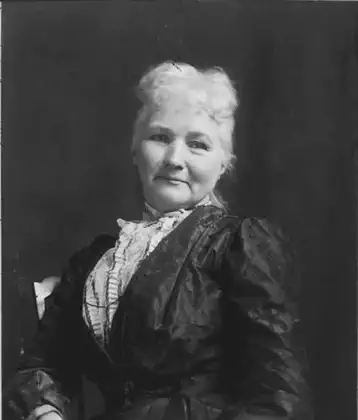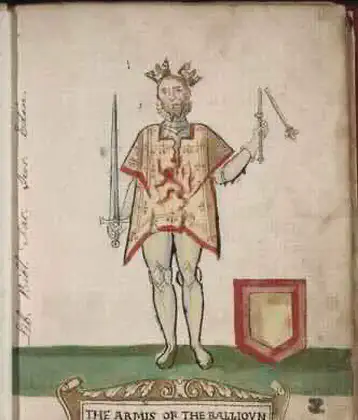
St. Andrew’s Day is celebrated as the feast day of Saint Andrew, who is the patron saint of Scotland. The day is observed on November 30th each year. Saint Andrew is also the patron saint of other countries, including Greece, Russia, and Barbados, among others.
St. Andrew
St. Andrew was one of the Twelve Apostles of Jesus and is mentioned in the New Testament of the Bible. He is traditionally considered to have been a fisherman.
Connection to Scotland
According to legend, the association of St. Andrew with Scotland dates back to the 9th century. The story goes that a Pictish king, facing a battle against an Anglo-Saxon army, prayed for St. Andrew’s assistance. The night before the battle, St. Andrew supposedly appeared to the king in a dream, and on the day of the battle, an X-shaped cross (known as the saltire) appeared in the sky. The king took it as a divine sign and won the battle. Since then, St. Andrew has been regarded as the protector of Scotland.
The Saltire
The national flag of Scotland, the Saltire, features a white diagonal cross on a blue background, representing the cross upon which St. Andrew is said to have been crucified. Saint Andrew’s Day is an official flag day in Scotland.
Celebrations
St. Andrew’s Day is a national holiday in Scotland, and it is celebrated with various events, including parades, feasts, music, and dance. The day provides an opportunity for Scots to celebrate their national identity and heritage.
In Scotland the day is also seen as the start of a season of Scottish winter festivals encompassing Saint Andrew’s Day, Hogmanay and Burns Night.
International Observance
St. Andrew’s Day is not only celebrated in Scotland but also by Scots and people of Scottish descent around the world. Some other countries and regions with Scottish connections may also observe the day.
Barbados
Saint Andrew’s Day is celebrated as the national day of Independence in Barbados. As the patron saint, Saint Andrew is celebrated in a number of Barbadian symbols including the cross formation of the Barbadian Coat of Arms, and the former Order of Barbados which styled recipients as Knight or Dame of St Andrew.
Romania
There are a few pre-Christian Romanian traditions connected to Saint Andrew’s Day, some of them having their origin in the Roman celebrations of the god Saturn, most famously the Saturnalia
Serbia
On Saint Andrew’s day in 1806 Serbs liberated Belgrade from Ottoman rule. On December 12, 1830 (St. Andrew’s Day) the Hatt-i şerif was read before the assembly in Belgrade. The document has defined the autonomy of Serbia as a part of the Ottoman Empire, and the additional berat confirmed Prince Miloš as the hereditary ruler of the Serbian Principality. St. Andrew’s Day was instituted as the Statehood Restoration Day, and was celebrated during the rule of the Obrenović dynasty until 1903.
Saint Andrew’s Eve
In parts of Ukraine, Germany, Austria, Slovakia, Poland, Russia and Romania, a superstitious belief exists that the night before Saint Andrew’s Day is especially suitable for magic that reveals a young woman’s future husband or that binds a future husband to her.
The day was believed to be the start of the most popular time for vampire activity, which would last until Saint George’s Eve (22 April).
Religious Significance
For those who observe St. Andrew’s Day within a religious context, it is a time to reflect on the life and teachings of St. Andrew.
St. Andrew’s Day holds cultural, historical, and religious significance in Scotland, and it is an occasion for people to come together and celebrate their Scottish identity and heritage.
More From This Day


Stone of Destiny, stolen by the English, returned to Scotland, 700 years later
November 30, 1996

HMS Vanguard, Britains biggest and last battleship, was launched at Clydebank
November 30, 1944


John Maclean, political activist, Marxist, appointed Bolshevik consul for Scotland by Lenin, died
November 30, 1923


Worlds first international football (soccer) match, Scotland V England at West of Scotland Cricket Ground
November 30, 1872

James Albert Edward Hamilton, 3rd Duke of Abercorn and first Governor of Northern Ireland
November 30, 1869

General Patrick Cleburne is killed in command of his division at a battle in Franklin, Tennessee
November 30, 1864

